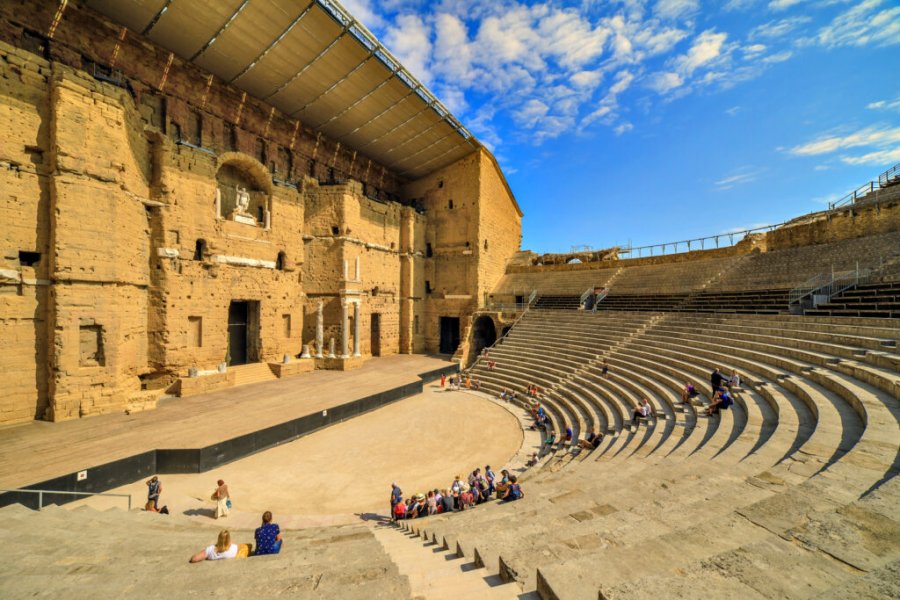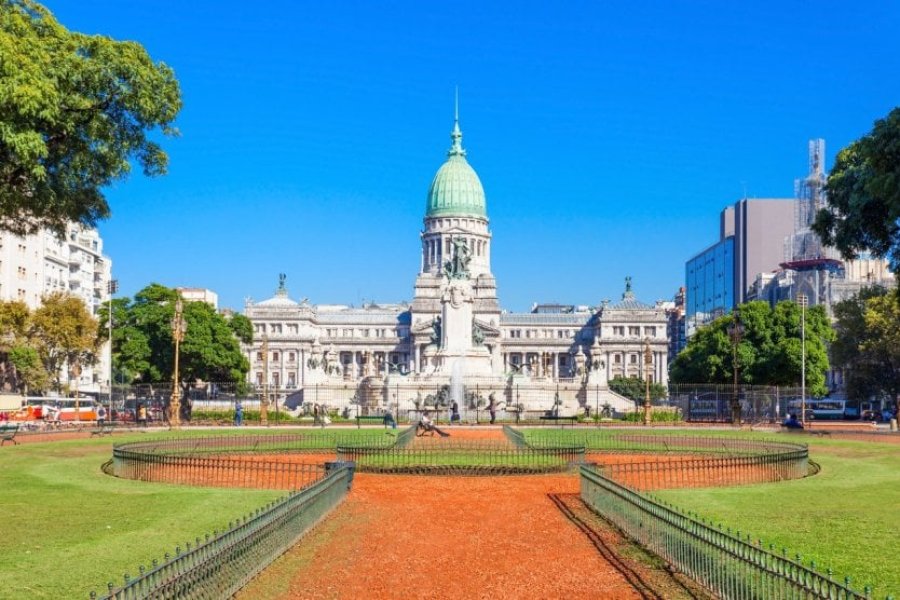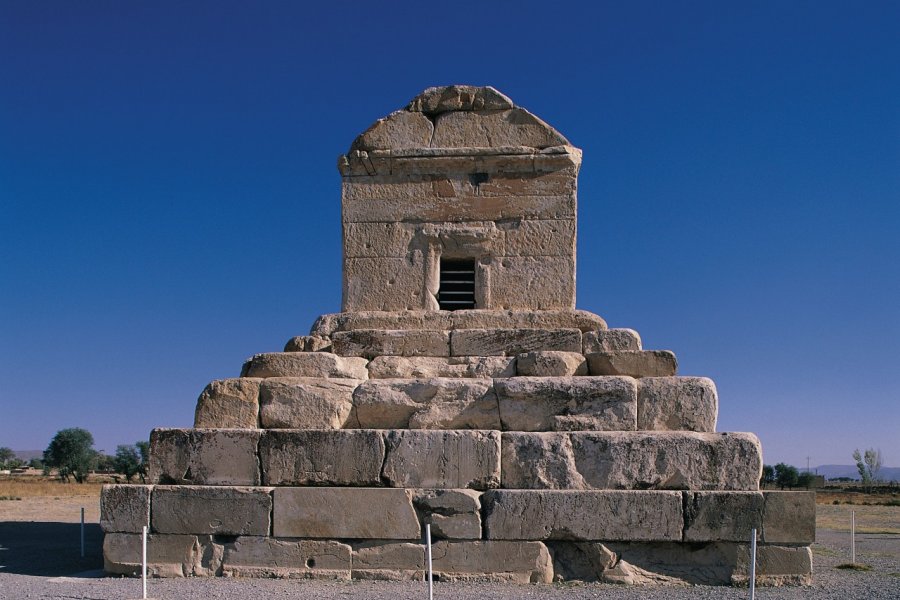Travel Guide Pasargades
Find an accommodation
Advertising
Even though they remain less impressive than the ruins of Perserpolis, the remnants of the ancient capital treasure deserve a stop, even for the tomb of Cyrus II the Great, founder of the first Persian empire. Surrounded by the Zagros chain, the old capital has left a small village built nearby. Almost 2,500 orms planted before the entrance to the site - in memory of the foundation of the Achémenide empire - rhythmic arrival on site as many years ago.A New Capital for a Great KingA winner in 550 BC facing the army of Astyage, king of the Medes, Cyrus II will certainly write one of the most glorious pages of Persia. At the very place of his victory, he replaces the former capital Mède, Anshan, deserted for a long time, a new capital: Pasargades.Following the example of the precursors of the precursors of the Medes, the Achémenides then form a vast territory extending across the entire Iran and part of Central Asia. Pasargades will remain the capital of the Acheside Empire until the death of Cambyse II (529-522 B.C.), which submitted Egypt. At the advent of Darius I (522-486 BC), she was superseded by Persépolis.A Royal GraveErected shortly after Cyrus died in 530 BC, the large sarcophagus dominates the top of its six-step base. This ancient mausoleum resembles a stone covered with stone slabs. From the early centuries of the millennium B.C., the graves in Persia, usually installed in a pit like the mysterious fire temple of Naqsh-e Rostam royal necropolis, frequently inspired living houses. According to legend, Alexander the Great, after his victory in Pasargades in 330 B.C., would have had wind of the desecration by a Macedonian soldier of the funeral monument of the founder of the Achemagide Empire. Insane, he ordered the execution of the culprit, and then made the following epitaph, in Greek, engraved on the stone:" O man, whoever you are and from wherever you come, I am Cyrus, the one who gave the empire to the Persians. " So don't envy me that little land that covers my body! '.Important remainsAt 200 m from the tomb, the remains of the investiture palace, the residential palace and the entrance palace are scattered in large royal gardens. Skillfully organized and irrigated, their structure differed from raw brick materials used in Suse. The acheside architecture will make use of paired stones. However, the use of shale for Pasargades largely explains the least resistance of stone to Persépolis. Rompant with contemporary Assyrian traditions, in Pasargades as later in Persépolis, the palaces were composed of hypostyls, rooms whose ceiling was supported by several rows of inner columns. Huge halls of apparel are thus the day through this new technique that the Achémenides used full to signify their superiority to the other nations of the Empire. It also impregnates foreign influences, particularly Ionian ones, evoking the great Greek temples of Asia Minor then under Persian domination. The Greek style dress is explained by the presence of the Ionians, the best stone tailors of the Acheside Empire. The sculpted décor expressed the vocation of the new Achemagide State to take into account the cultural heritage of peoples, more integrated than enslaved in this immense space.
Suggested addresses Pasargades
Weather at the moment
Advertising
Organize your trip with our partners Pasargades
Transportation
Book your plane tickets
Car Rental
Boat rental
Accommodation & stays
Find a hotel
Holiday rental
Find your campsite
Tailor-made trip
Immersion travel
Services / On site
Activities & visits
Find a doctor





